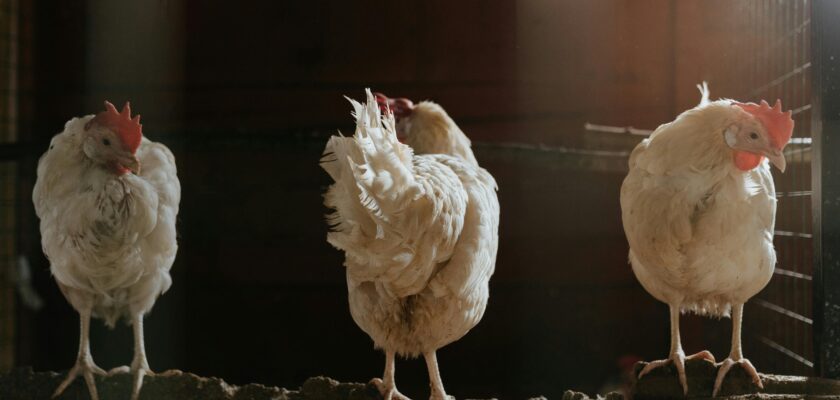Introduction to Chicken Lifespan
Chickens are among the most common domesticated animals worldwide, yet many people don’t realize how long they can actually live. Whether you’re raising them for eggs, meat, or companionship, understanding their average lifespan can help you care for them better and enjoy their presence longer. So, how many years do chickens live? The answer isn’t as straightforward as you might think.
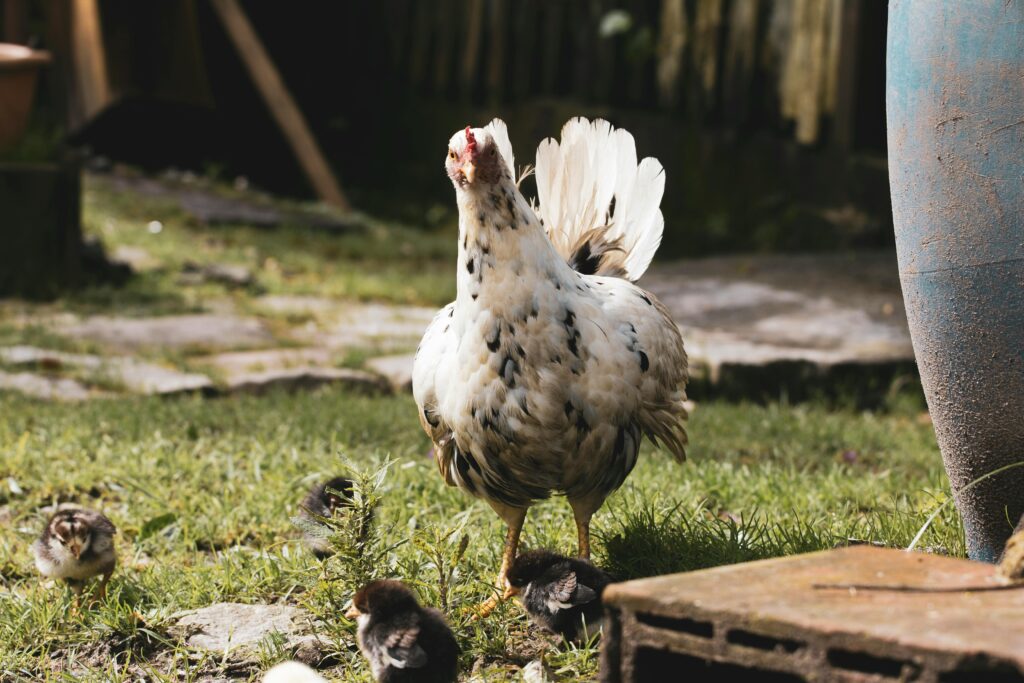
Photo by Marcelo Moreira
Average Lifespan of a Chicken
The lifespan of a chicken depends greatly on its breed, purpose, and environment. While wild chickens can live up to 10 years, domesticated chickens have different life expectancies.
Lifespan of Backyard Chickens
Backyard chickens raised in a safe, well-maintained environment typically live between 5 to 10 years. With proper care, some can even reach up to 15 years, although that’s quite rare.
Lifespan of Commercial Chickens
Chickens raised for commercial purposes (especially broilers) often live less than 2 years, not due to health issues but because they are culled when their production declines.
Factors That Affect How Long Chickens Live
Many variables influence a chicken’s lifespan. Let’s explore some of the most important ones:
Breed Type
- Heritage breeds like the Rhode Island Red or Sussex tend to live longer.
- Hybrid layers (e.g., ISA Browns) are bred for high egg production but often have shorter lifespans due to reproductive issues.
Living Conditions
Clean coops, adequate ventilation, and proper space reduce stress and disease, thereby extending lifespan.
Nutrition and Diet
A balanced diet rich in protein, calcium, and essential nutrients promotes long-term health.
Predators and Safety Measures
Predators like raccoons, hawks, and foxes are common threats. Secure fencing, night-time lock-ins, and motion-sensor lights can drastically improve chicken safety.
Health and Veterinary Care
Routine deworming, vaccinations, and immediate attention to signs of illness can increase a chicken’s quality of life and lifespan.
Longest-Living Chicken Breeds
Here’s a breakdown of chicken breeds known for their longevity:
| Breed | Average Lifespan |
| Rhode Island Red | 8-10 years |
| Plymouth Rock | 8-10 years |
| Sussex | 8-10 years |
| Easter Egger | 7-10 years |
| Orpington | 8-12 years |
These breeds aren’t just hardy — they’re also friendly and adaptable, making them ideal for long-term backyard flocks.
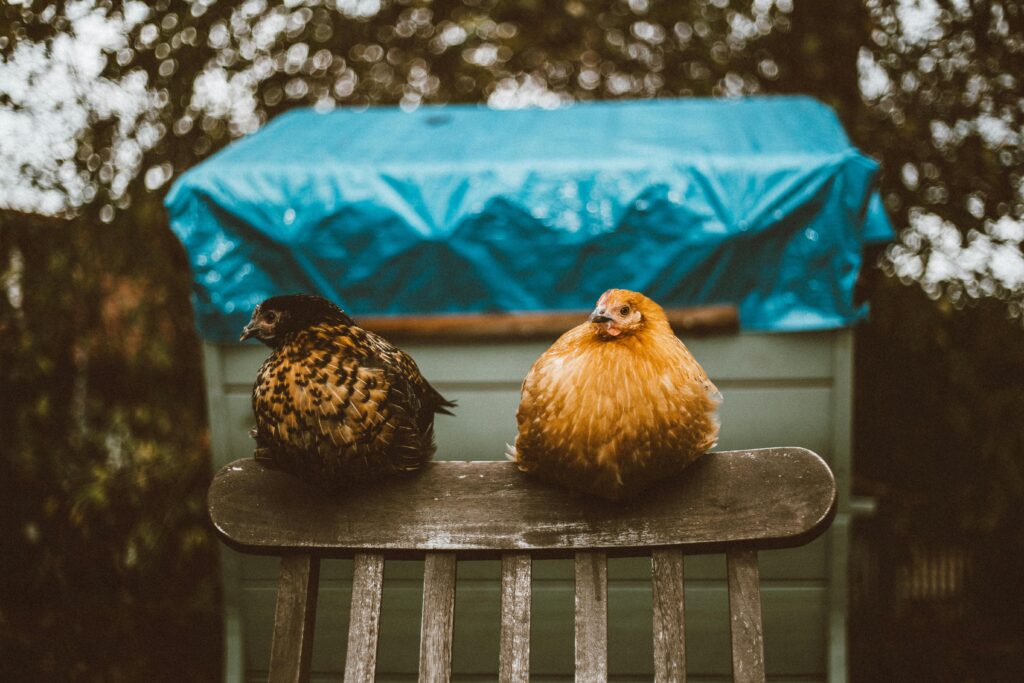
Photo by Matthis Volquardsen
Egg Laying vs. Lifespan: Is There a Trade-off?
Yes, often there is. High-producing layers like the ISA Brown or Leghorn may burn out quickly and live only 2–4 years. Their bodies simply wear out from intensive laying. On the other hand, moderate layers often live longer, healthier lives.
How to Increase the Lifespan of Your Chickens
Want your chickens to live long, happy lives? Here are proven strategies:
Coop Design and Space
- Provide at least 4 sq. ft. per bird inside and 10 sq. ft. outside.
- Ensure proper ventilation and insulation.
Balanced Diet Planning
- Offer a mix of grains, layer pellets, greens, and occasional treats.
- Use calcium supplements (like crushed oyster shells) for layers.
Seasonal Care and Protection
- Use heat lamps or insulation in winter.
- Offer shade and water misting systems in summer.
Common Illnesses That Affect Chicken Longevity
Here are some diseases that can reduce lifespan if not managed:
- Marek’s disease – viral, affects young chickens.
- Coccidiosis – parasitic, common in young birds.
- Egg binding – frequent in high producers.
- Avian influenza – rare but often fatal.
Prevent with vaccinations, clean environments, and quarantining new birds.
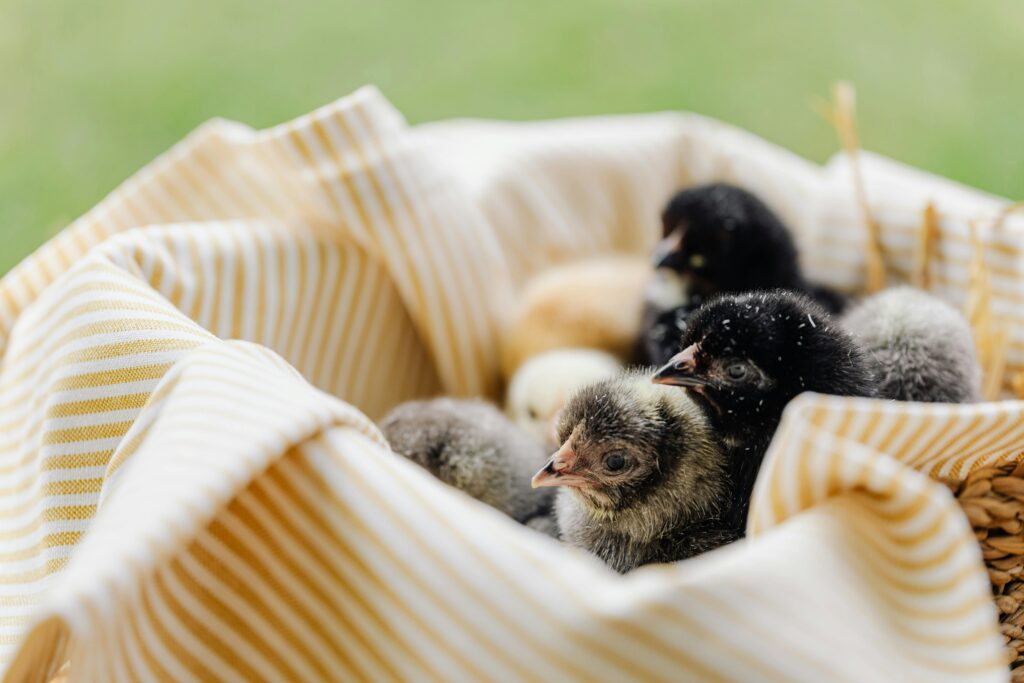
Photo by Photo By: Kaboompics.com
Chicken Lifespan: Myths vs. Facts
Let’s debunk some common misconceptions:
| Myth | Fact |
| Chickens only live 2 years | Some live up to 10–15 years |
| Egg-laying stops after 2 years | Laying declines but doesn’t stop |
| Roosters live longer than hens | Not necessarily, depends on care |
| All breeds live the same length | Breed matters a lot |
FAQs About Chicken Lifespan
1. Can chickens live longer than 10 years?
Yes, with excellent care, chickens can live up to 15 years, though it’s rare.
2. Do roosters live longer than hens?
Roosters may live as long as hens if not culled or injured, but hens are usually better protected in backyard setups.
3. What is the oldest recorded chicken age?
The oldest known chicken lived to be 16 years — a Red Pyle hen named Matilda.
4. How can I tell if my chicken is aging?
Signs include reduced egg production, duller feathers, less activity, and occasional joint stiffness.
5. Do free-range chickens live longer?
Sometimes, but they’re also more exposed to predators. Safety measures are crucial.
6. Is it worth keeping older chickens?
Yes, they can still contribute through pest control, fertilization, and even occasional egg-laying.
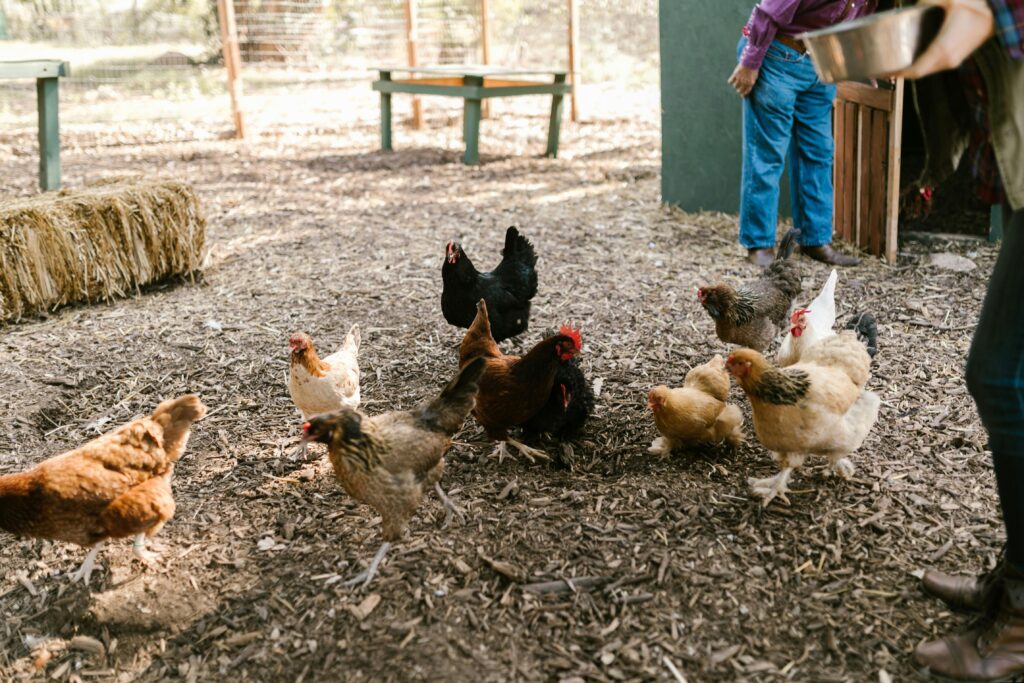
Photo by RDNE Stock project
Conclusion
So, how many years do chickens live? It truly depends on breed, purpose, and care. While commercial hens may only live a couple of years, well-cared-for backyard chickens can thrive for over a decade. With the right environment, protection, and attention to health, your chickens can live happy, productive lives.
Whether you’re a seasoned homesteader or new to backyard poultry, investing in your chickens’ longevity benefits you — and them — in countless ways.
